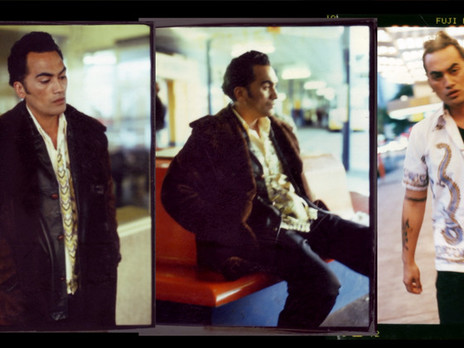OMC
aka Otara Millionaires Club
The story of OMC has the elements of a classical tragedy: An extraordinary quest, a flawed hero and a dramatic change in fortune.
Pauly Fuemana was the son and fourth child of a Niuean father and Māori (Ngai Tūhoe) mother. Raised by his grandmother in central Auckland, by the time he reached his teens he was living with his siblings in the South Auckland suburb of Otara. He hung out with gangs and criminals and his childhood was punctuated with spells in borstal.
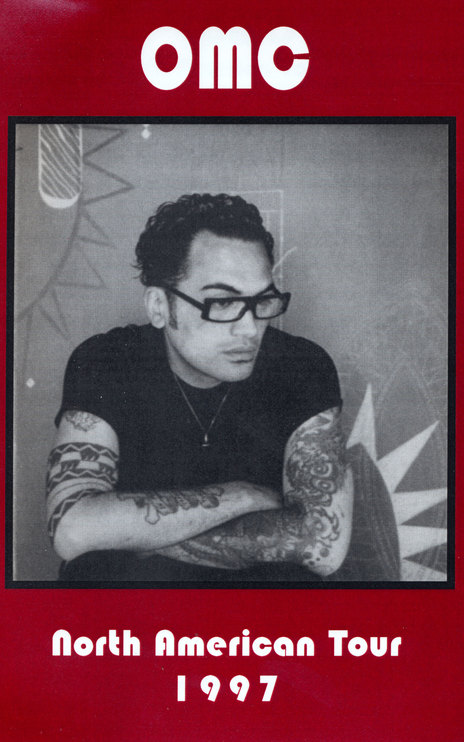
The 1997 US tour schedule. How Bizarre hit No.1 in the US two weeks into this two month tour.
Photo credit:
Simon Grigg collection
On The Run
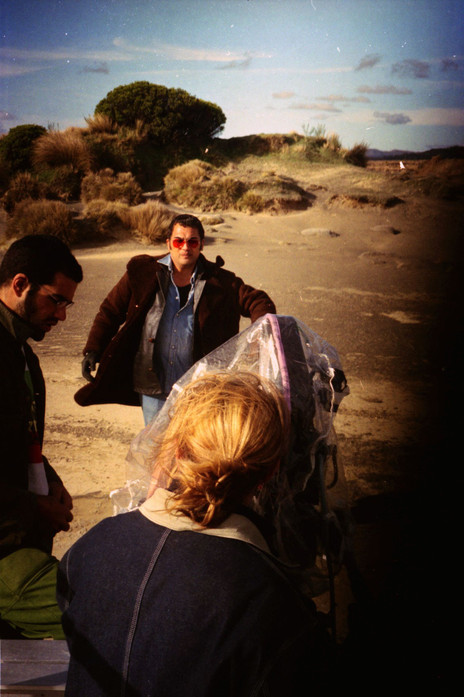
Pauly Fuemana and Kerry Brown filming the Land Of Plenty video, November 1996.
Photo credit:
Photo by Simon Grigg
How Bizarre - The Story of an Otara Millionaire documentary (2014)
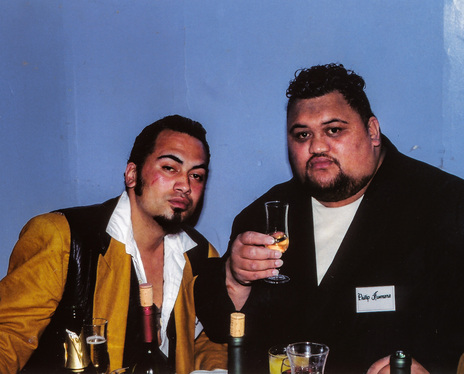
Pauly and Phil Fuemana at Cause Celebre in Auckland's High Street after the 1994 APRA Silver Scrolls
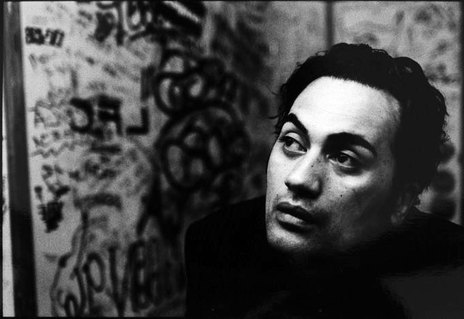
An outtake from the How Bizarre album photoshoot
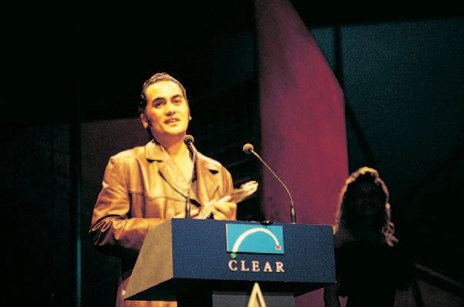
Pauly at the New Zealand Music Awards, 1997
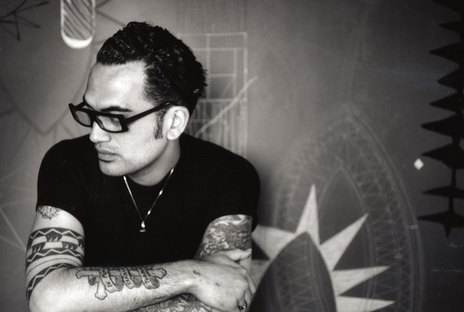
Land Of Plenty

Pauly Fuemana, Nathan Haines, Parnell, Auckland, October 1995
Photo credit:
Photo by Simon Grigg
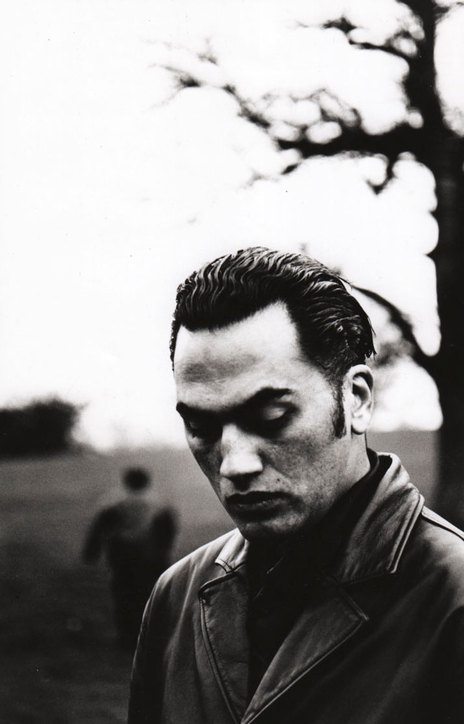
Auckland Domain, August 1996
Photo credit:
Photo by Deborah Smith
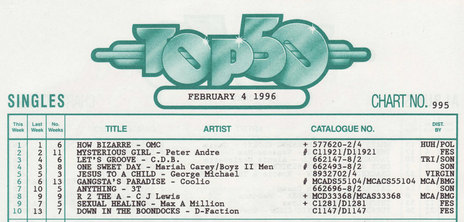
OMC go to No.1 in NZ
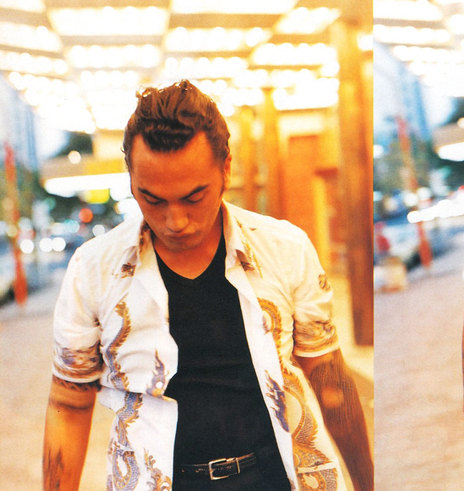
Pauly Fuemana from the 1996 photoshoot for Pavement Magazine
Photo credit:
Photo by Stephen Langdon
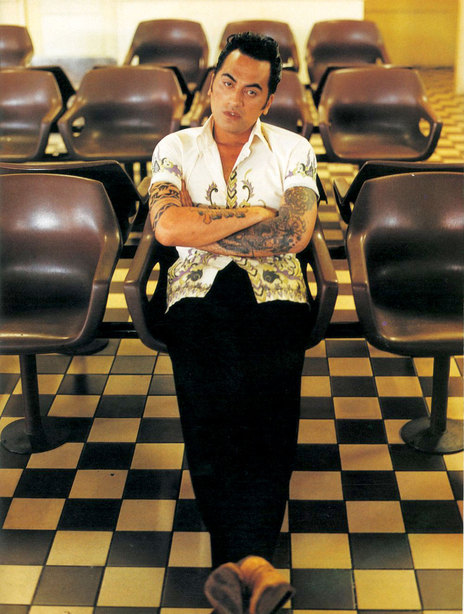
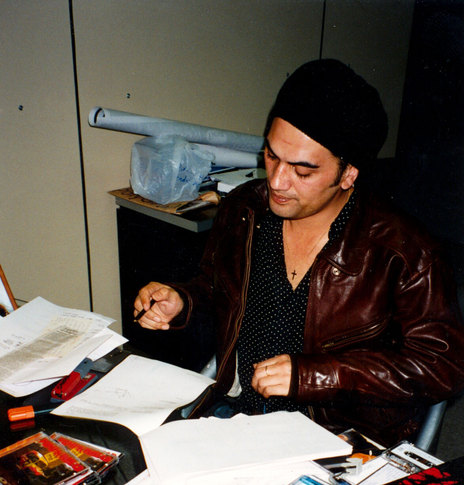
Pauly Fuemana signs his record deal - Sydney, August 1995
Photo credit:
Photo by Simon Grigg
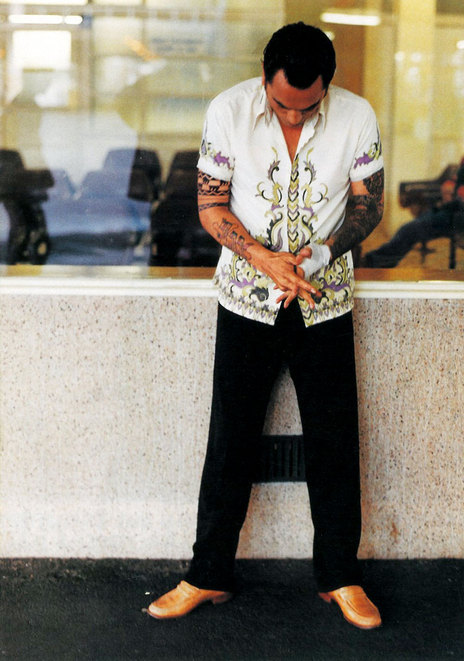
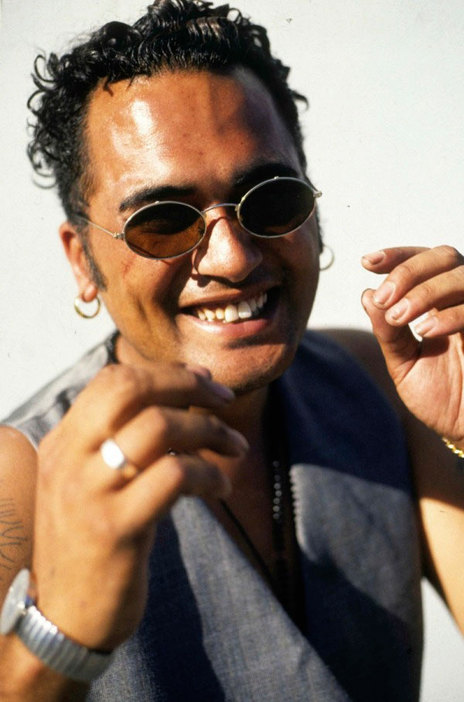
Pauly Fuemana, 1994
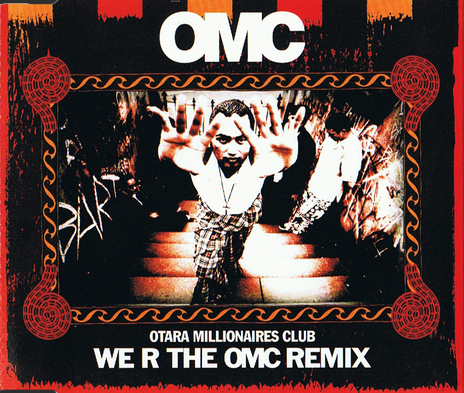
'We R The OMC' sleeve, 1994
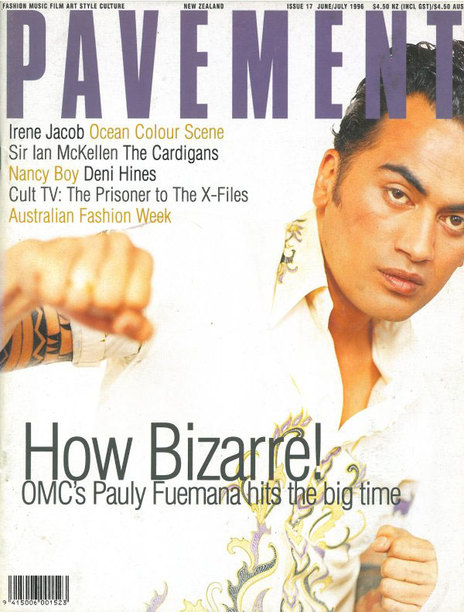
Pavement magazine, June 1996
Photo credit:
Photo by Stephen Langdon
OMC feat Lucy Lawless - 4 All of Us
RNZ: NZ Hip Hop Stand Up S2 Ep2 - OMC - How Bizarre
How Bizarre

Pauly Fuemana, 1997
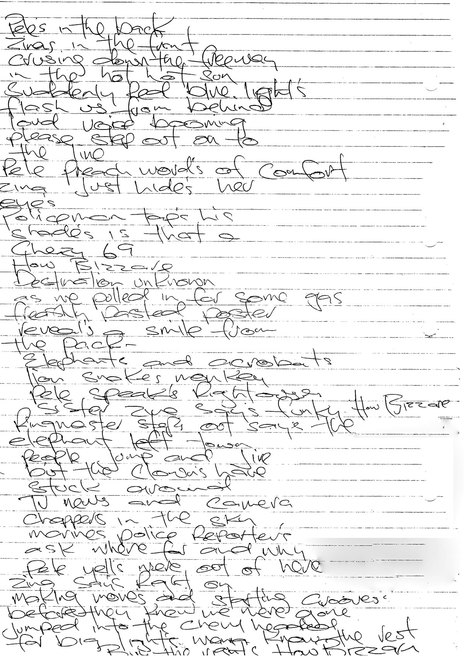
Pauly's handwritten lyrics to 'How Bizarre'
Photo credit:
Simon Grigg Collection
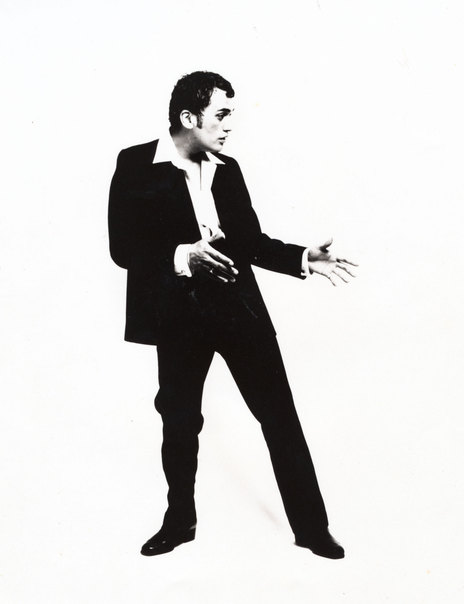
An unused image from the early 1996 Right On photo shoot
Photo credit:
Photo by Nicole England
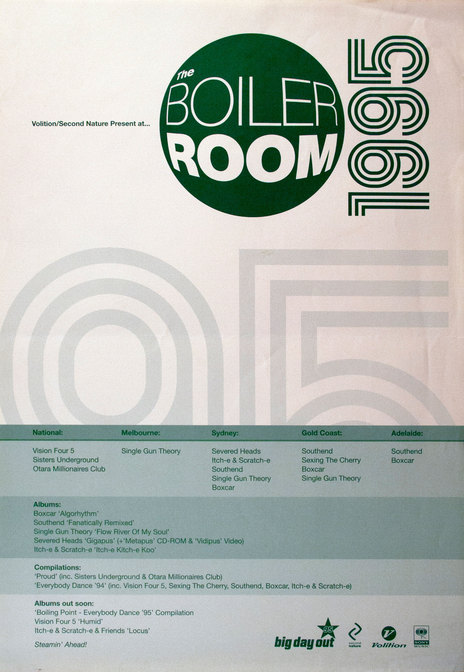
The Boiler Room poster from 1985 printed by Volition Records, featuring OMC and Sisters Underground
Photo credit:
Tim Gruchy collection
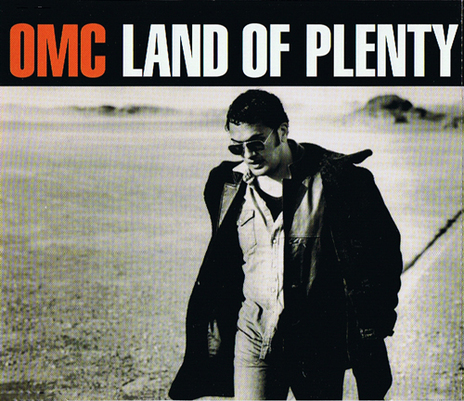
The sleeve for the January 1997 Land Of Plenty single
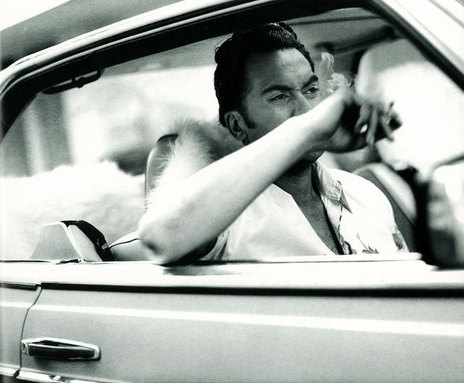
Pauly Fuemana from the 1996 photoshoot for Pavement Magazine
Photo credit:
Photo by Stephen Langdon
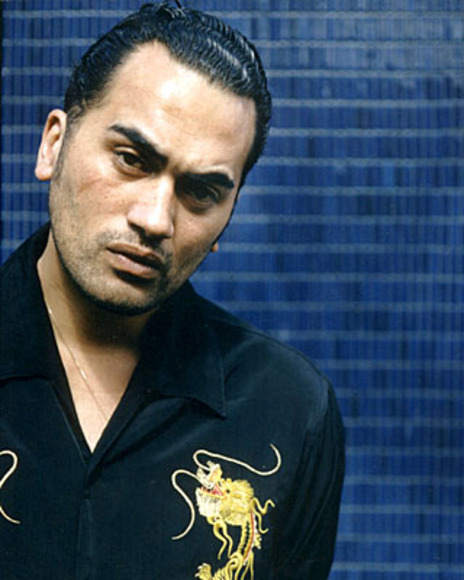
An outtake from the On The Run single sleeve photoshot, 1996
Photo credit:
Photo by Deborah Smith
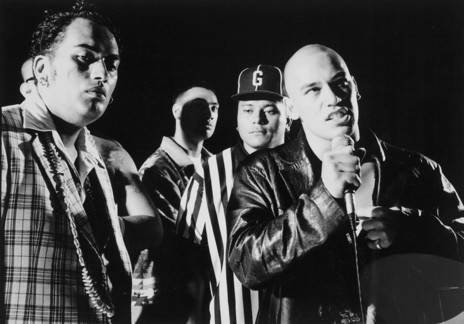
Proud Music Tour artists (L-R): Pauly Fuemana, unidentified, John "Loose Coolin" Nansen (with cap), and Paul Ave, March 1994. They were about to appear at a benefit concert at Hayman Park, Manukau, in memory of Mangere musician Eniasi Tokelau, 17, who had drowned in a swimming accident while the five week-long tour was in Murchison.
Photo credit:
Auckland Libraries Heritage Collections Footprints 03604
Right On
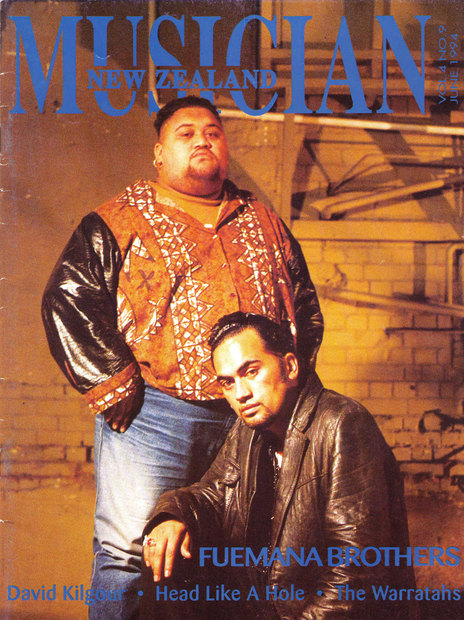
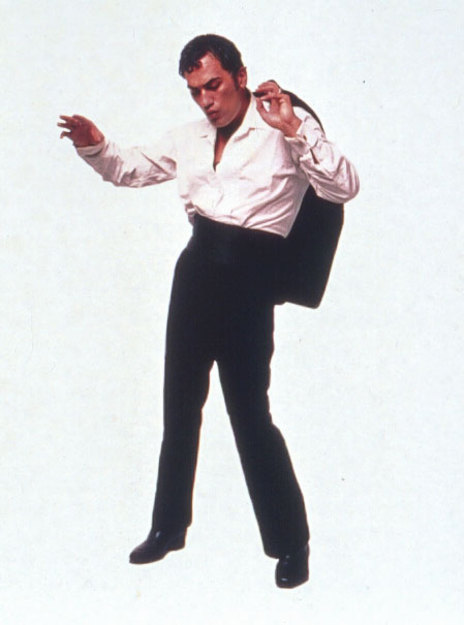
An unused 1996 publicity shot
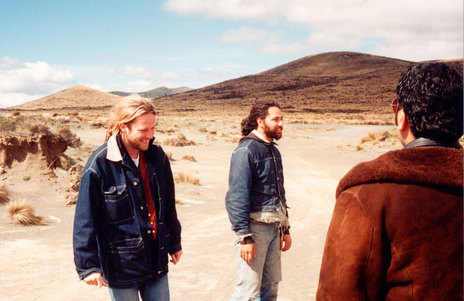
Kerry Brown, Greg Semu, Pauly Fuemana - 'Land Of Plenty' video shoot, Desert Road, November 1996
Photo credit:
Photo by Simon Grigg
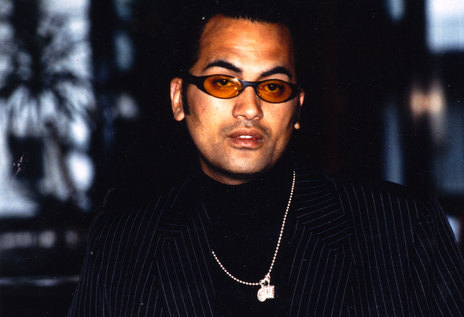
Paul Fuemana in Europe, October 1996
Photo credit:
Simon Grigg collection
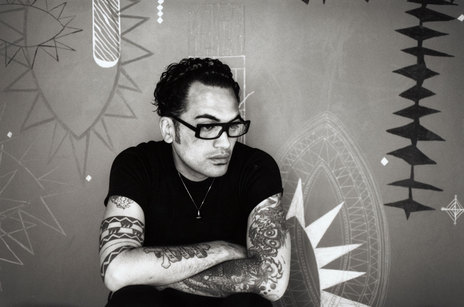
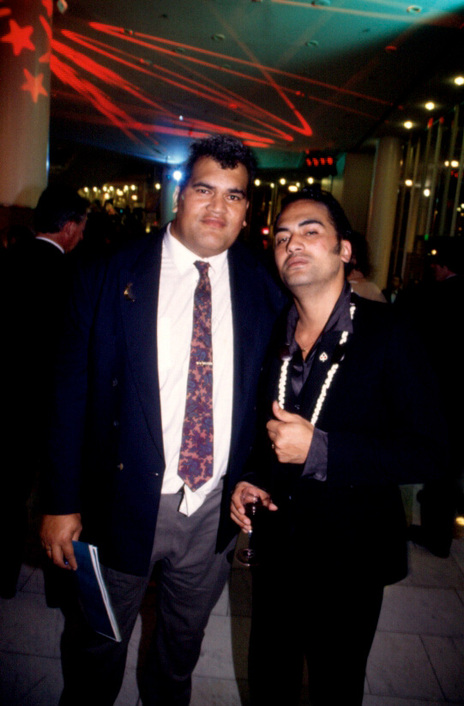
Pauly and brother Tony Fuemana (on the left) in 1996. Tony would tour the US playing bass in OMC in 1997.
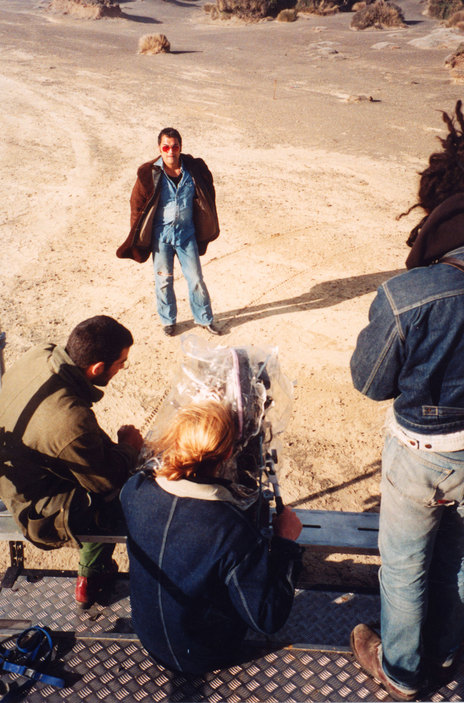
Kerry Brown shoots Pauly - 'Land Of Plenty' video shoot, November 1996
Photo credit:
Photo by Simon Grigg
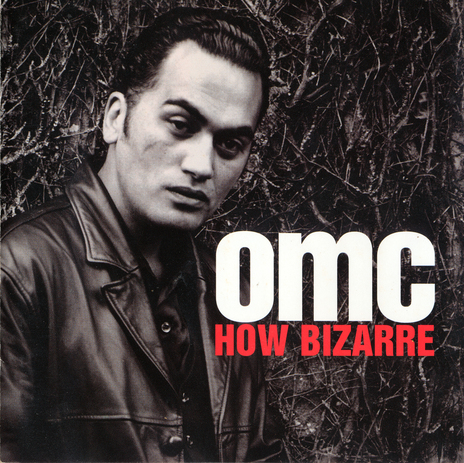
Released in Europe, Asia, Canada and Australasia in late 1996, and the US in February 1997, OMC's album would go on to sell in excess of one and a half million copies worldwide. The cover was designed by Richard Kingsford and photographed by Deborah Smith.
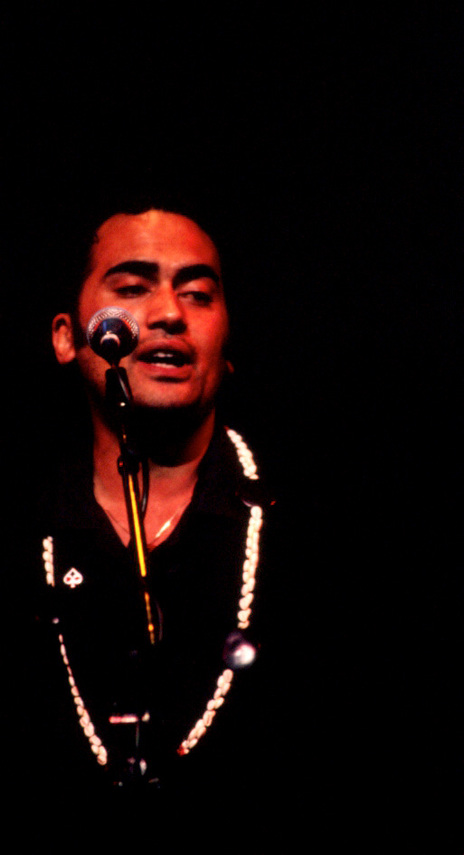
Pauly Fuemana performing How Bizarre at the 1996 NZ Music Awards at the Aotea Centre.
Photo credit:
Simon Grigg collection
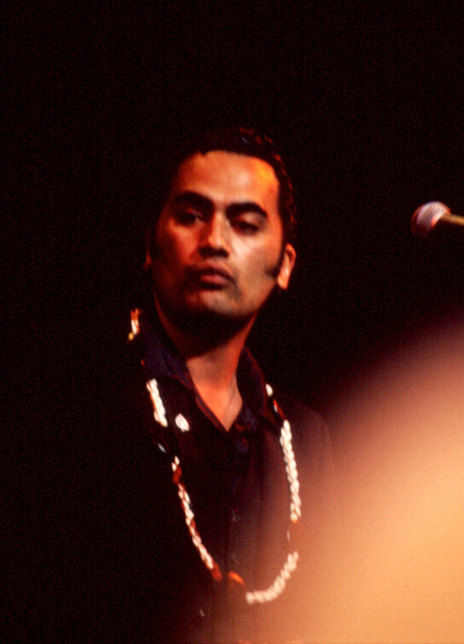
Pauly Fuemana at the 1996 NZ Music Awards. This was the only time he would perform How Bizarre to a live audience in New Zealand.
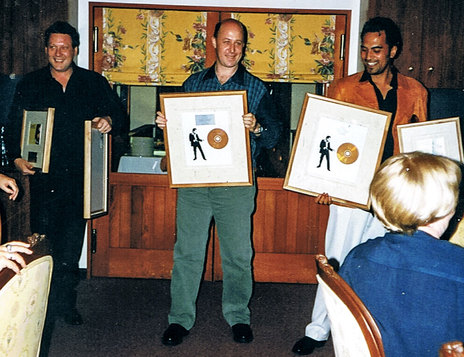
Platinum discs for OMC's second single Right On - Alan Jansson, Simon Grigg, Pauly Fuemana, at Hotel D'Vin, 1996
Photo credit:
Simon Grigg collection
How Bizarre - live in 1996 at the New Music Awards, Aotea Centre, Auckland
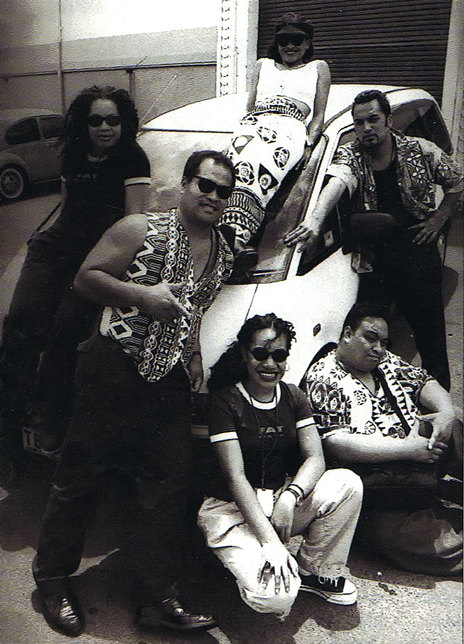
Sisters Underground and the Otara Millionaires Club, Big Day Out, Sydney, January 1995
Photo credit:
Alan Jansson Collection
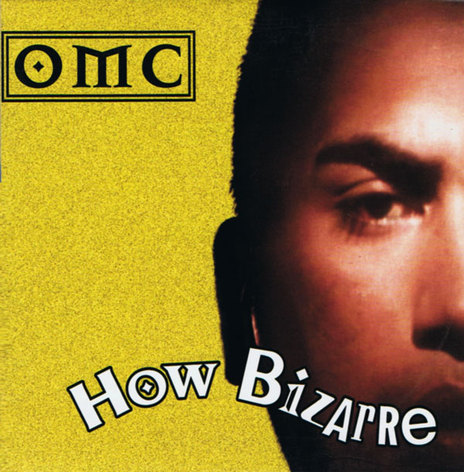
The single sleeve of OMC's How Bizarre. Conceived and directed by Alan Jansson, it was laid out by Gideon Keith. The same sleeve was used around the world.
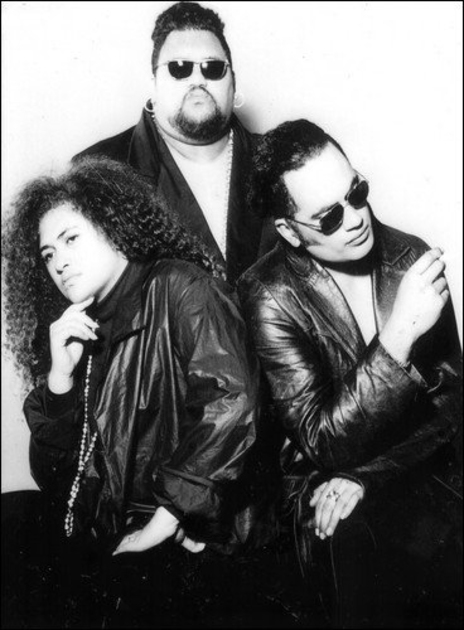
Fuemana - Christina Fuemana, Phil Fuemana, Pauly Fuemana, 1993
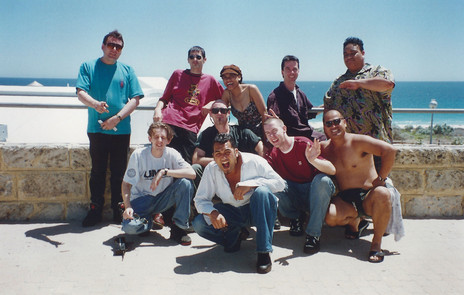
OMC in Perth, WA, on the January 1995 Big Day Out tour, with Australian group Vision Four 5. Back row: Alan Jansson (OMC producer), Noel Burgess (Vision Four 5), Sina Saipaia (OMC), Terry Booth (OMC soundman), Jeremy Toomata (OMC); front row: Peewee Ferris (DJ), Tim Gruchy (Vision Four 5), Ben Suthers (Vision Four 5) and Harry Tampopoo (OMC). In front is Pauly Fuemana.
Photo credit:
Photo by Alister Ferguson. Thanks to Tim Gruchy.
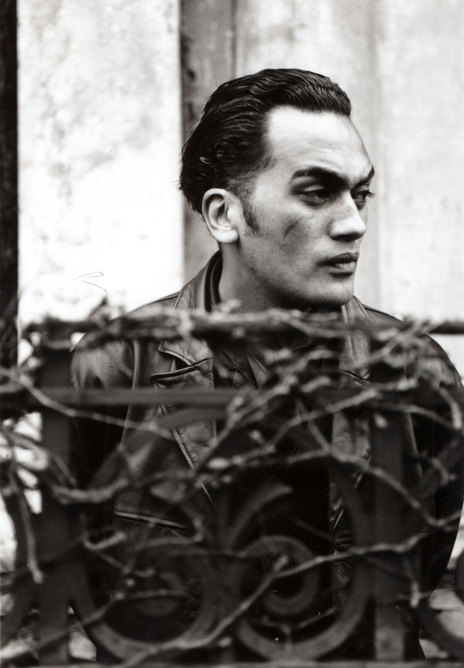
Pauly Fuemana outside Auckland's Northern Club, 1996
Photo credit:
Photo By Deborah Smith. Simon Grigg Collection
Labels:

